John suggested I might learn something if I interviewed Roger for you. He was bang on. Roger’s passion for life, and running, remains strong.
Let’s start with highlights from Roger’s website. Roger is now in his 80s so there are a lot of highlights, here are a few I enjoyed:
In my forties and fifties, I won several world and national masters championships, and set age-group records in major marathons: 2:18:45 at Vancouver at 41 (a record which still stands), 2:20:15 at Boston at 44, and 2:28:01 at New York at 50.
Highlights at 50:
World vets' champs, Eugene -good victories in the 10K road and 10K cross-country. On the road it was an epic tactics + guts win over Jim McNamara (Ireland). Jim had his revenge by outsprinting me in the track 10,000m, my only loss all year.
8K: 25:44, Alexandria Moonlighter, and 26:10, Maggie Valley
10K: 32:34, Peachtree
15K: 50:17, Utica Boilermaker, and 49:35, Tulsa Run
10-miles: 55:11, Virginia 10 miler
half-marathon: 1:10:17, Philadelphia Distance Run
marathon: 2:28:03, Twin Cities, and 2:28:02, New York City (record)
I’ve edited our conversation into sections.
What follows is in Roger’s voice.
Aging & Masters Racing
The aging process:
At first you only slow down a bit.
Gradually you slow down some more.
Until, eventually, you’re really slow.
But… the race stays exactly the same. We race hard and the game is to spread our strength across the distance.
There is no difference from racing fast at 40 and at 84. The effort, commitment and fulfillment are all the same.
With masters racing, we never know who will turn up. There are new runners at every championship. So I have an imaginary training partner, I call him Toshi. Toshi is the mystery runner, the guy I’ve never met. When I feel like slowing down, or stopping early, I remember Toshi. He’s probably out there doing one more rep, preparing for when we meet. It keeps me honest.
Racing With Artificial Knees
I have had two knee replacement surgeries, as well as a lung surgery. My knees are named after my surgeons, Russell (knee #1) & Mark (knee #2).
When I had Russell put in they told me:
No running
No hard biking
As part of my recovery, I was walking and built that up to 1-2 hours a day.
One day, I thought to myself… “If you’re walking every day, what harm could one minute of running do.” So I started to jog, for one minute.
Gradually, by using 1 minute intervals, I built my run capacity back. On the first anniversary of my replacement, I ran an hour.
…and then I returned on racing in my early-mid 70s. I kept improving and, eventually, I was competitive again. Winning in the 75+ division.
Since my first replacement, we’ve learned a lot about running with knee replacements. Running is an impactive exercise. This helps strengthen bone and muscle. I’ve been running on “Russell” for 13 years without any issues. The risk, of course, is the knee might loosen. So I’m careful on downhills and running rough tracks. However, when I race, I go full speed.
Tracking Mileage
I don’t track mileage, I use time. It’s always been my approach and my training logs go back to 1975.
In my 40s, I’d run 10-12 hours per week. That would end up being ~100 miles.
Now, in my 70s & 80s, I’m 7-8 hours per week and the distance is down because I’ve slowed.
To give you an idea on the slowing… my best 10K was 29:30 and now I’m 52 minutes. For the Half Marathon, I was 1:06 at my best, 1:12 at 50 and ~2:00 today.
There remain many rewards at slower speeds.
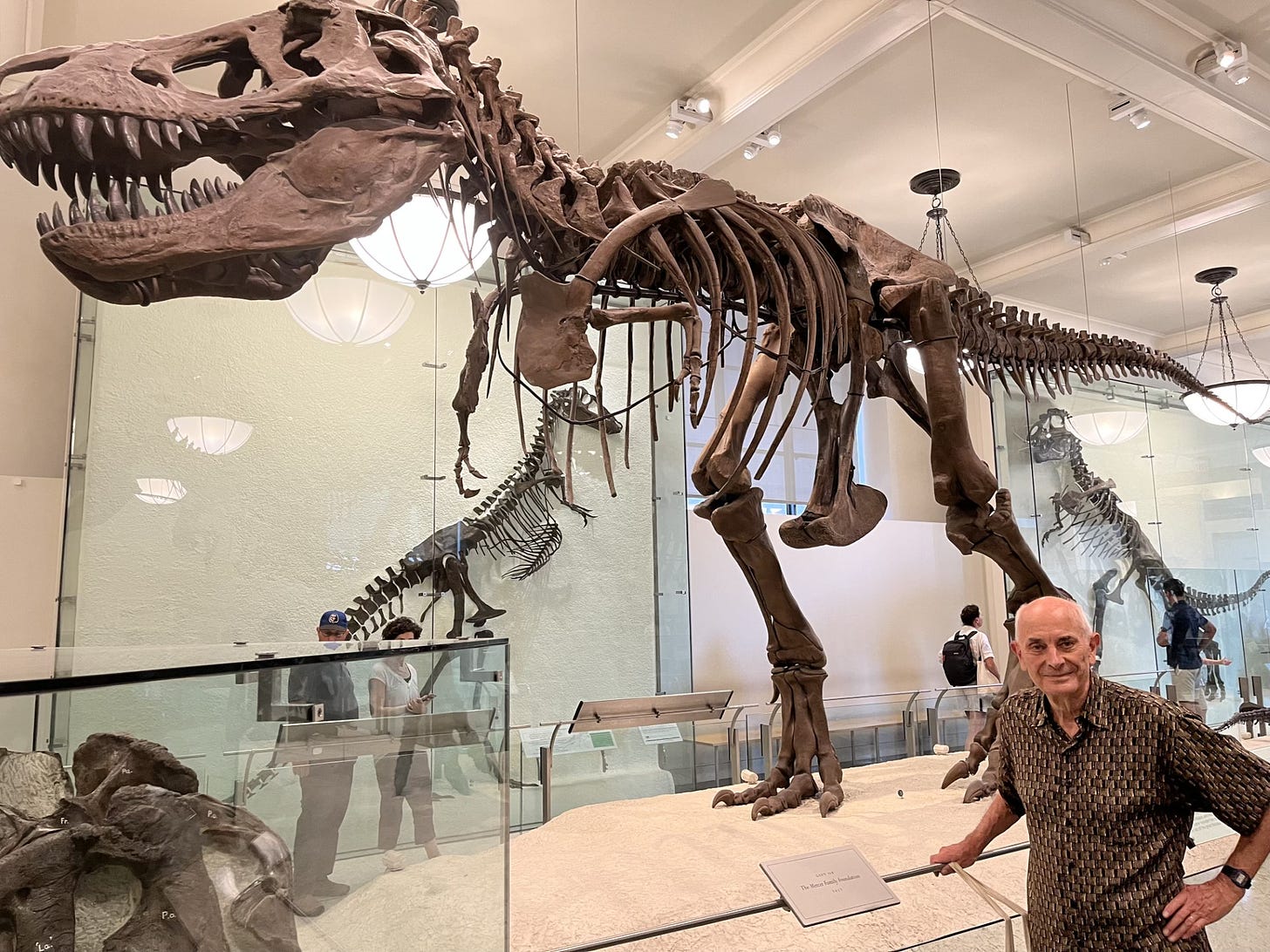
Training Approach & Getting Fit, Again
Runners need endurance AND pace.
As I’ve aged, the quantity of the fast work has not reduced by much. If you’re going to race then it’s essential to have what I call the quantity of quality.
I’ll illustrate with an example.
Let’s say you’re getting ready for a 10K and it’s going to take you about 45 minutes. You need to get your body to the point where you can handle 45 minutes of quality in a session. Quality being your 10K pace. You’ll need to build up to it.
As a rough principal:
20 minutes
25 minutes
30 minutes
35 minutes
40 minutes
45 minutes, placed two weeks out
An example of the 45-minute session would be “4x10 minutes + 5 minutes.” I prefer longer intervals, the equivalent of Ks or miles.
To apply this principle, it gets much tougher as the race duration extends. That’s why I have no interest in the marathon anymore.
The marathon:
Too long for me to prepare properly.
Has a high injury risk.
I’d be out there for five hours.
My overall approach fits perfectly with Lydiard. Many have misread Lydiard. They fail to include the core pace work, the interval work, the speed and the hills that were in his programs.
I do my intervals on time & feel. I’ve always loved cross-country and use terrain for my quality sessions. My Casio gives me all the information I need.
After each knee replacement, my lung surgery, and various injuries… I’ve returned to fitness, and competition. I see it as a five to ten year journey.
Each time I use the one-minute-at-a-time approach. I’ve got an achilles injury right now and I’m planning to do the same thing again, when I’m cleared to run.
Training Groups of Runners
Here’s a workout you can use with all levels and keep the group together.
I call it The Sausage Session.
The basic pattern is 5 minutes Hard / 2 minutes Easy but you can extend the work duration with more experienced groups.
Use a high school field, not a track.
The runners can run anywhere they want.
Tell the slower runners, it’s “legalized corner cutting” they can cut to stay with the bunch.
Athletes can run the perimeter, cut tangents, run diagonals… it doesn’t matter because the session is done with time, effort and feel.
People love this session because there’s no keeping score and everyone does the same workout.
More Resources
"Spirit of the Marathon: the Challenge and the Journey"
Like the movie, the book's focus is on Rome, one of the world's most atmospheric marathons.Heroes and Sparrows (2011)
A new edition of a book that has been called "one of the best running books of all time," timed for the 25th anniversary of its first publication, and aimed at a new generation of runners.Running Writing Robinson
Original work by leading running journalists, literary scholars, creative writers and runners celebrates Roger Robinson's varied career.26.2 Marathon Stories, with Katherine Switzer
26.2 Marathon Stories is, simply, the Book of the Marathon. It has been called one of the best five running books of all timeRunning in Literature
From ancient Greece to the most recent running books, Robinson brings into the light a key part of the history and the living culture of running.Heroes and Sparrows: a Celebration of Running (1986)
A collection of 32 articles on all aspects of running at the height of the 1980s boom. They take many forms - essays, memoirs, profiles, coaching articles, book reviews, even hilarious versions of Orwell's Nineteen Eighty-Four and the poet Chaucer.Running Throughout Time: the Greatest Running Stories Ever Told (Meyer & Meyer, 2022)
When Running Made History (Syracuse University Press 2018, Canterbury University Press, NZ, 2019)
Includes chapter "The Fire of Youth under the Creases of Age."
Spirit of the Marathon: the Challenge and the Journey (Humphries, 2014)
(with Kathrine Switzer) 26.2 Marathon Stories (Rodale (USA), Running Room (Canada), Allen & Unwin (Australia/NZ), 2006.
Running in Literature (Breakaway, NY, 2003)
Heroes and Sparrows: a Celebration of Running (Southwestern, NZ, 1986; Streamline, 2011)
Includes chapter "Running Through the Mid-Life Crisis."
A Fallible and Dedicated Running Life Remembered, January 2015
Jim Hogan Remembered, Running TimesThe Growing Appeal of Parkruns, March 29, 2015
Parkrun in Dunedin, New Zealand, Running TimesThe Journey to Gold: Elite Development from Kenya to Pittsburgh Korir nails the issues, America raises its game, November 20, 2013
Wesley Korir, Running TimesA race-horse, a rock band, a mountain and an asteroid: Runners' names in popular culture, December 18, 2013
Holiday Season Quiz, Running TimesThe Story of the Virginia 10 Miler; How to create, and revive, a great race, October 24, 2013
Bill & Frank & Joanie & Ted: New York Honors Four Marathon Icons, Celebrating our history (but how about preserving it?), September 2013
Roger covered the New York Road Runners Hall of Fame, and tackled running's neglect of the materials of its history.Running's Neglected Spectators, January 2013
Would running down First Avenue in the New York City Marathon be quite so bearable without throngs of cheering spectators? By Roger RobinsonRunning Revives a City, February 21, 2012
Reflections from Christchurch's International Track Meet, Running TimesReturn to Running: how to run a PR in one slow hour, January 2012
Published as “Small steps, big strides”, Running Times

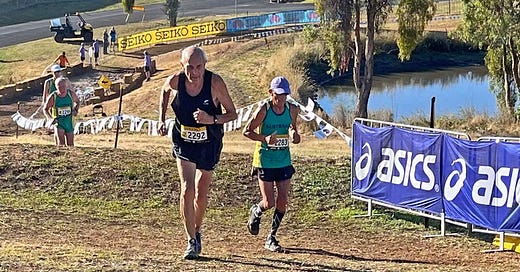



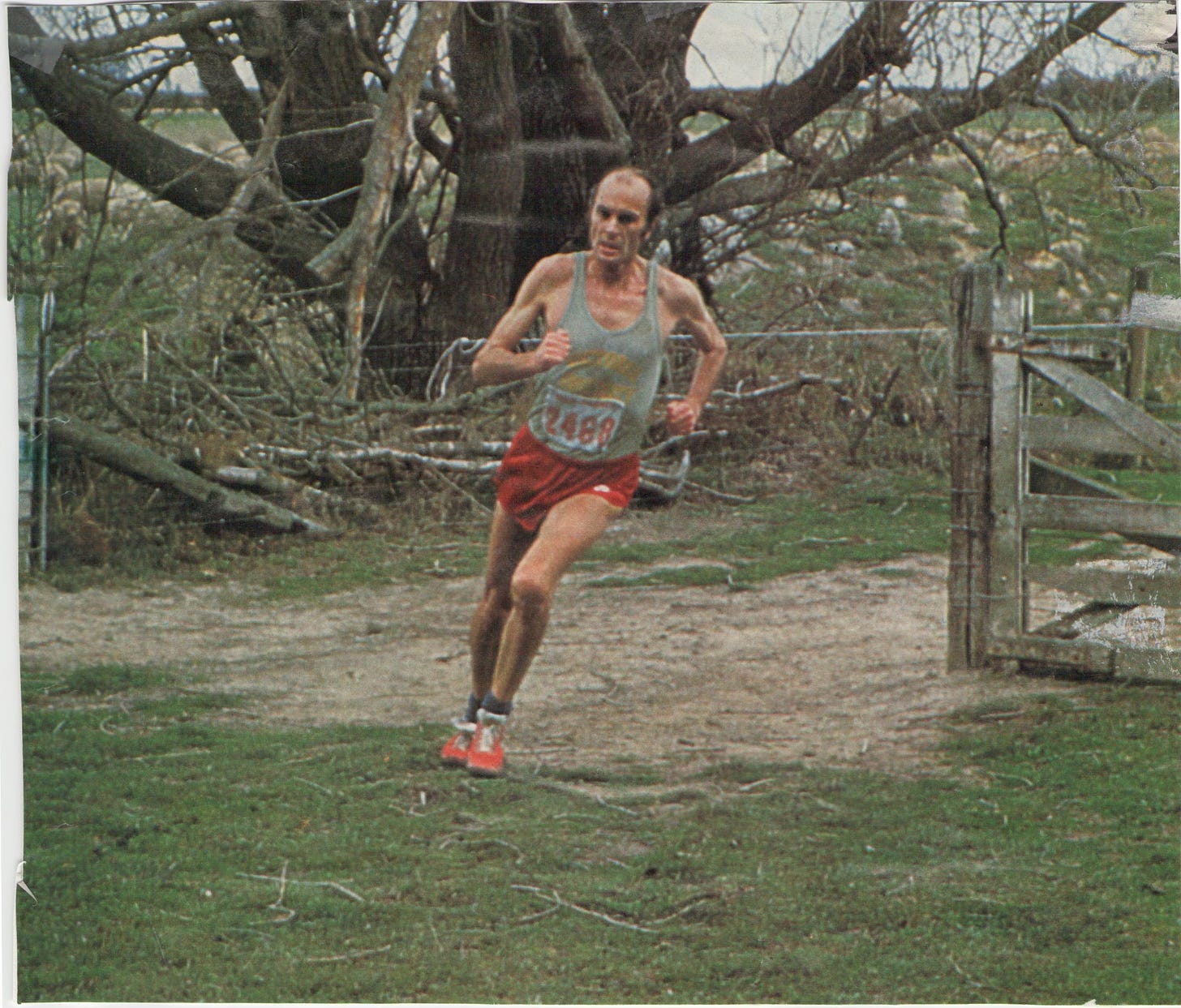
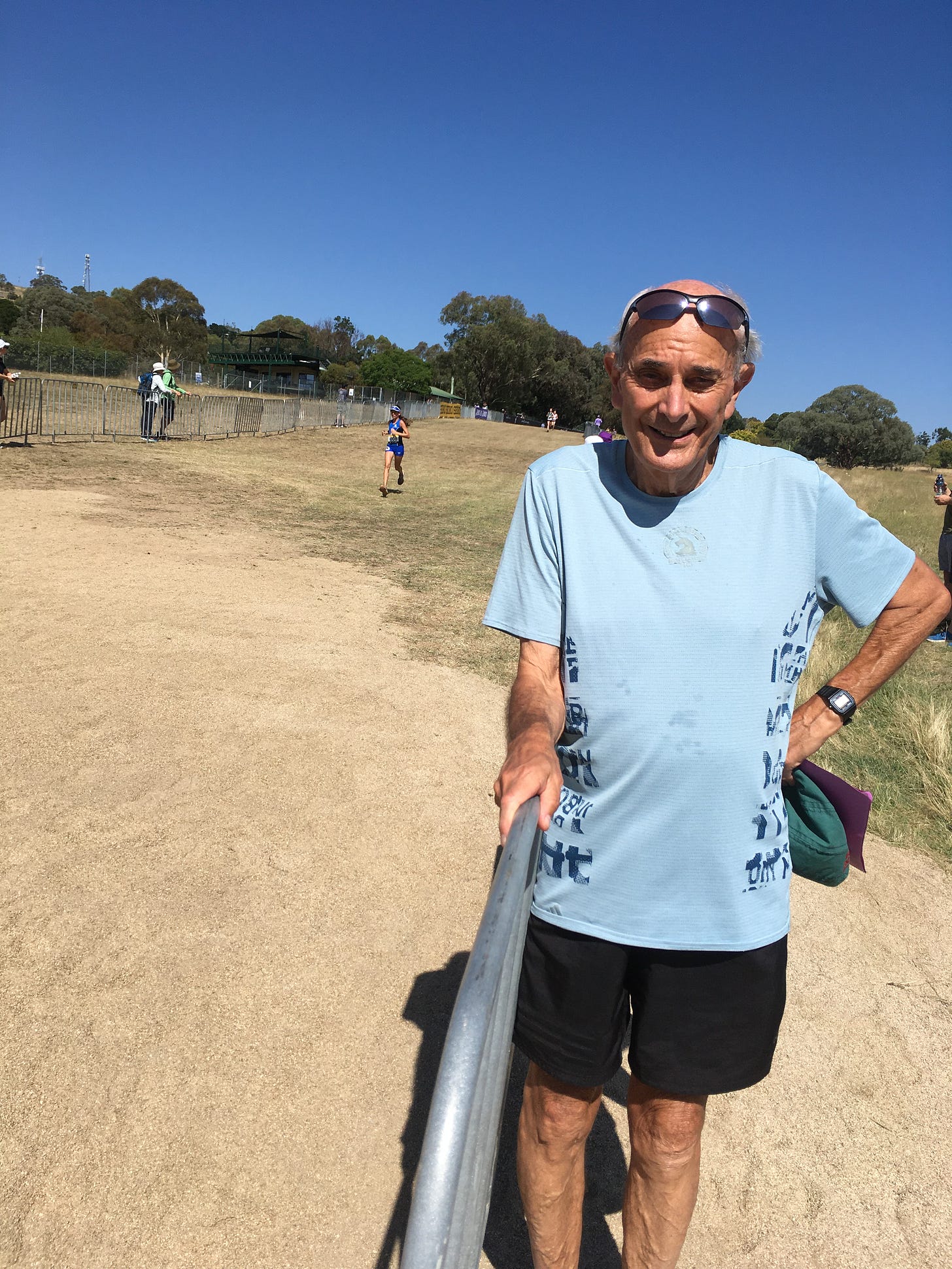

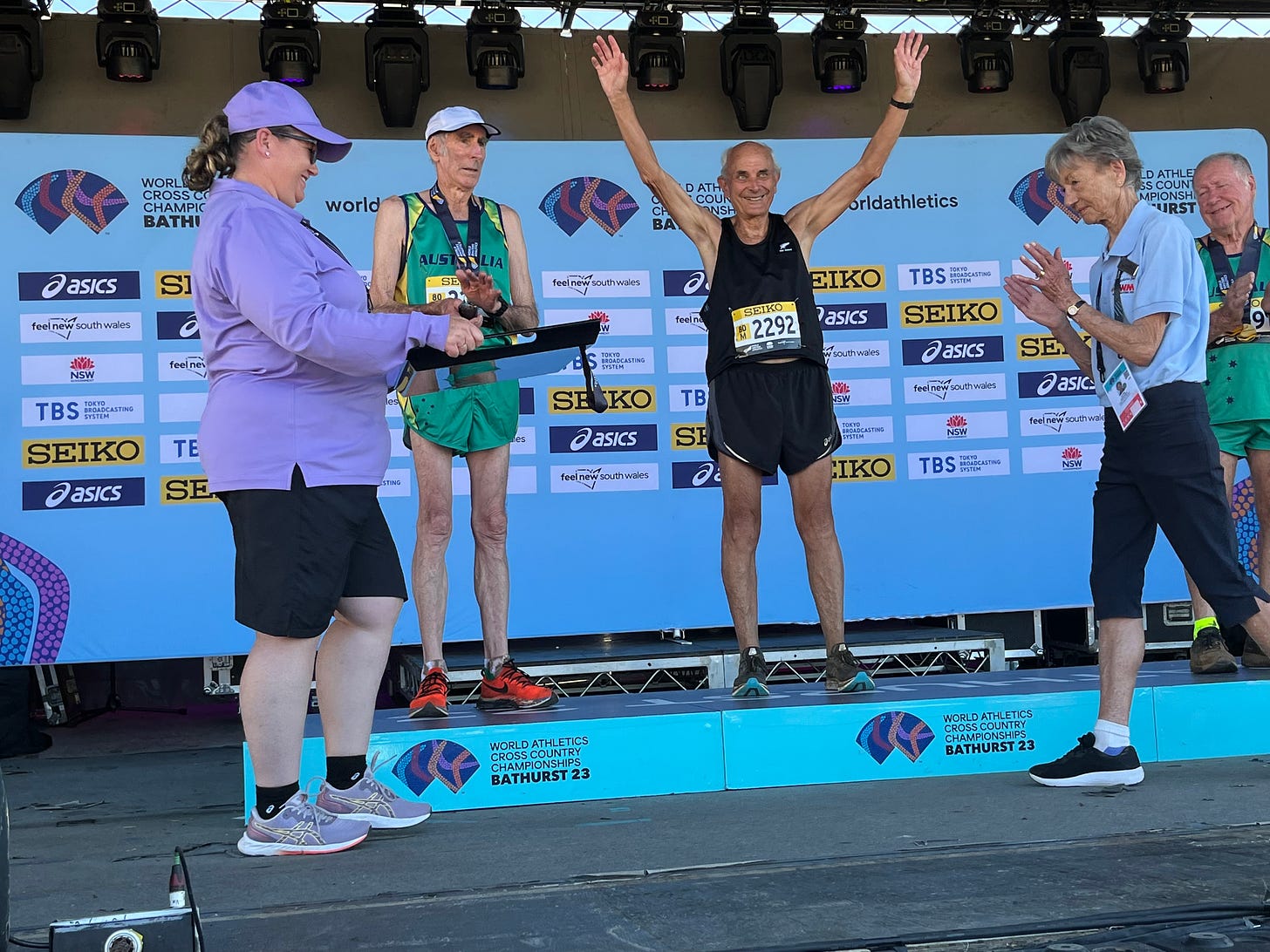

Thanks Gordo. An interesting and inspiring read.